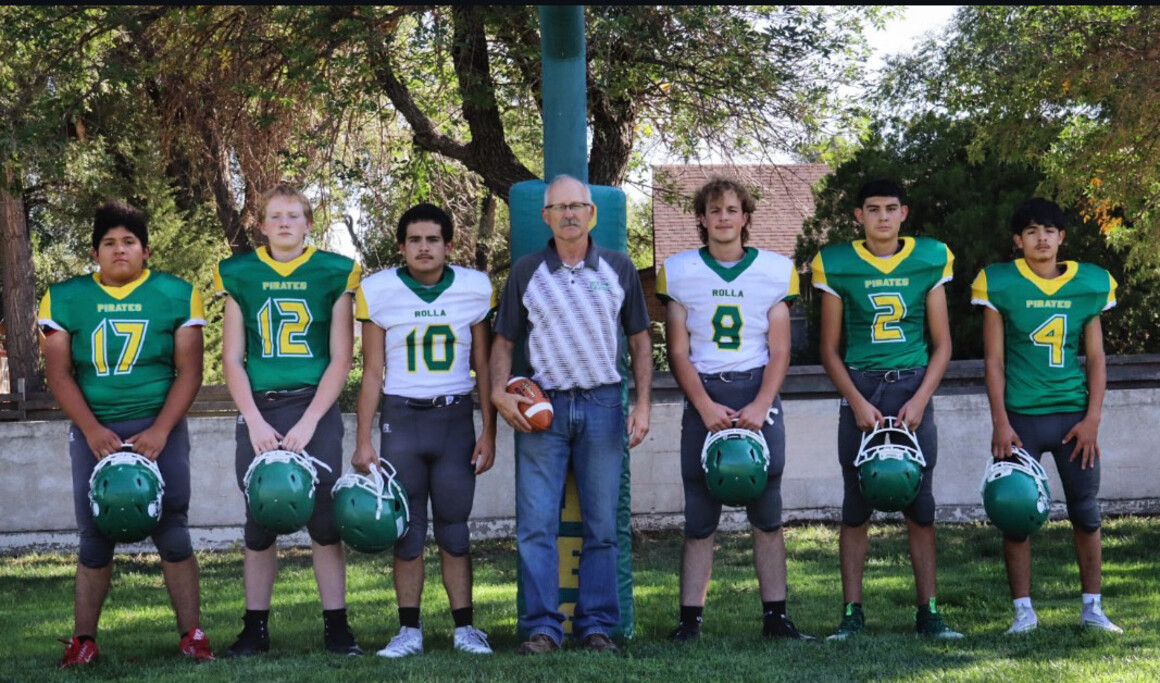2025 High School Football Schedule
2025 Rolla High School Football Schedule Friday, September 5, 2025 HS Football 7:00 PM Bye Friday, September 12, 2025 HS Football 7:00:00 . . .
Six-man football offers hope for shrinking Kansas schools
https://hayspost.com/posts/bdf5d5aa-a269-4713-ad1a-8dd1bca73472?utm_source=dlvr.it&utm_medium=facebook Six-man football offers hope for shrinking Kansas schools Posted Nov 09, 2021 4:00 AM . . .


